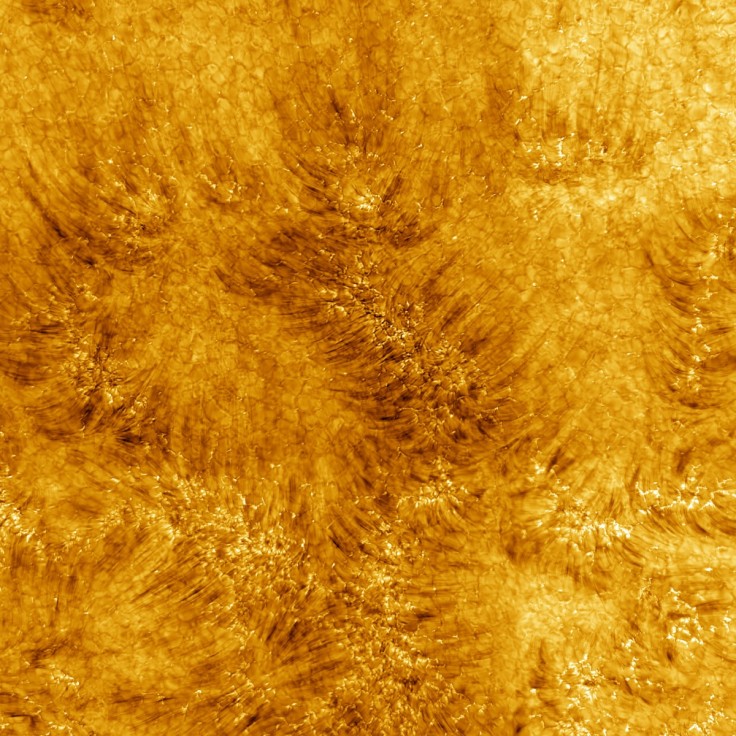
Everyone is likely aware of the sun's significance to the earth and to us humans. The sun plays a crucial role in our existence, providing us with energy through solar power and assisting in the growth of plants and trees that produce oxygen.
The sun not only contributes significantly to life on Earth, but it also gives off light and warmth to people who are in the cold.
However, there has been very limited knowledge of the sun until now.
But thanks to Daniel K. Inouye Solar Telescope (DKIST), which already provides us with a view of the sun's atmosphere, mankind will be able to start studying this star.
Largest and Most Powerful Solar Telescope
Over two decades in the making, the world's largest and most potent solar telescope, with a 13-foot (4 meters) primary mirror, is ready to help reveal the sun's mystery to humans.
The Association of Universities for Research in Astronomy (AURA) was given a $298 million contract by the National Science Foundation to build the DKIST in 2010.
The facility's initial name was Advanced Technology Solar Telescope, but in December 2013, it was changed to honor the late Hawaiian senator Daniel K. Inouye, according to Space.com.
DKIST, which is atop the 10,062-foot (3,067 m) Mount Haleakalā on the Hawaiian island of Maui, is a relatively new astronomical observatory that scientists can utilize to study the center of our solar system.
This observatory was built and operated by the National Solar Observatory (NSO), and is funded by the National Science Foundation (NSF).
The DKIST aims to provide answers to some of the most important questions concerning the sun during the course of its expected lifetime.
Will it answer why the sun's corona is so much hotter than its visible surface? We will have to wait to find out.
Read More : Solar Flares Cause Radio, Satellite Disruptions, Dazzling Auroras, Minor Threat to Astronauts
Inaugural Photo of DKIST Shows Sun's Atmosphere
Although DKIST is not yet completed, it is already collecting some solar observations while scientists make final adjustments to the device. In fact, it is in a year-long transitional period between the construction phase and the normal science operations, according to a separate report by Space.com.
NSF officials, representatives of the scientific community, and Native Hawaiians gathered at Maui on Aug. 31 to formally inaugurate the telescope.
The chromosphere, or layer of the sun's atmosphere just above its surface, has been seen in detail for the first time ever by the most potent solar telescope.

The chromosphere is seen in the newly released image above as a region that is around 51,000 miles (82,000 kilometers) wide.
How Important Is This Photo to Scientists
This photo is worth celebrating. Evidently, it is difficult to capture the finer characteristics of the sun.
Similar to the sun's outermost atmosphere, the corona, the chromosphere is typically obscured by the photosphere, making it challenging to observe.
However, this will soon change thanks to the DKIST.









